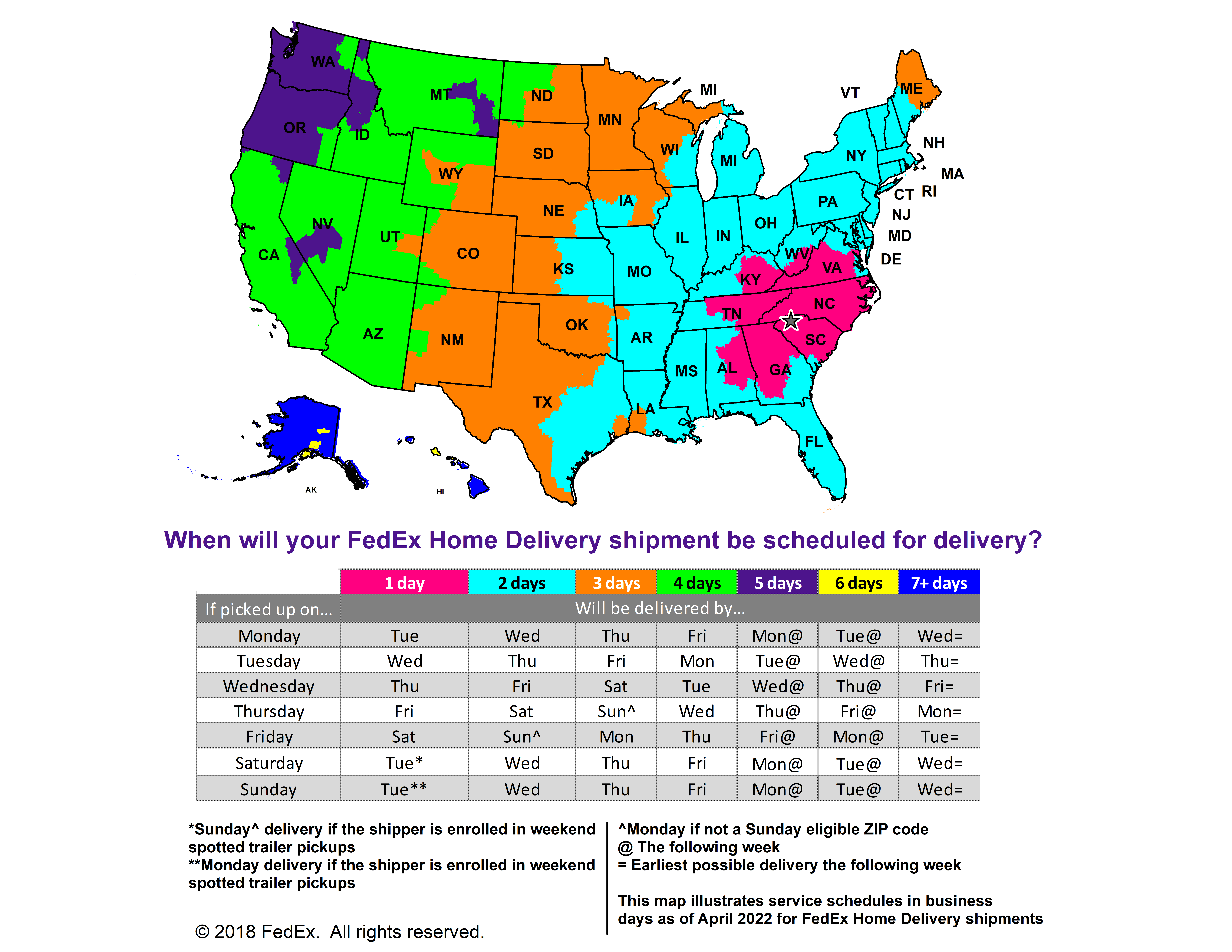Common Sources of Pollution in Home Renovation

When we think of pollution, we tend to picture factories belching smoke into the air, impacting surrounding forests. But sources of pollution can even appear in our own homes. This is especially true during home improvement projects. Learning about the common sources of pollution in home renovation can help you mitigate the risks to you and your family.
Carpet
Carpets are one of the more unexpected pollution sources in home renovation. The process of manufacturing them involves a variety of chemicals. Because of that, they often produce volatile organic compounds, or VOCs. VOCs can contribute to breathing issues and worsen the symptoms of those with chemical sensitivities.
To avoid this, many people are turning to more eco-friendly flooring solutions, such as:
- Concrete
- Reclaimed wood
- Bamboo
- Cork
- Vinyl
- Laminate
These options produce fewer VOCs and don’t trap dust, dander, mold, and other pollutants that may impact your air quality.
Insulation
In the past, builders insulated homes with any number of materials, some more dangerous than others. Taking out walls in an older home can expose insulation made of asbestos or formaldehyde. But that doesn’t mean modern insulation is always better. Insulation often contains chlorine-based chemicals, which may contribute to ozone damage.
As with carpet, you have eco-friendly options, including:
- Sheep’s wool
- Icynene
- Denim
- Cellulose
- Thermacork
Paint
Old Paint
Before 1978, manufacturers often made paints with lead. While this doesn’t impact the environment when the paint is intact, it can cause lead poisoning when paint cracks. It poses risks when we remove this paint to add new paint. If you have an older home, test your paint for lead before you try to remove it. If it contains lead, hire a professional to handle it.
New Paint
Even though modern paints don’t contain lead, that doesn’t mean they’re environmentally safe. Oil-based paints contain harmful VOCs that can linger in the air for weeks after the paint dries. That’s why many homeowners are turning to water-based, zero-VOC* paints, such as those offered here at ECOS Paints.
*Zero VOC - Conforms to CDPH 01350 (VOC emissions test taken at 11, 12, & 14 days for classroom & office use).


























